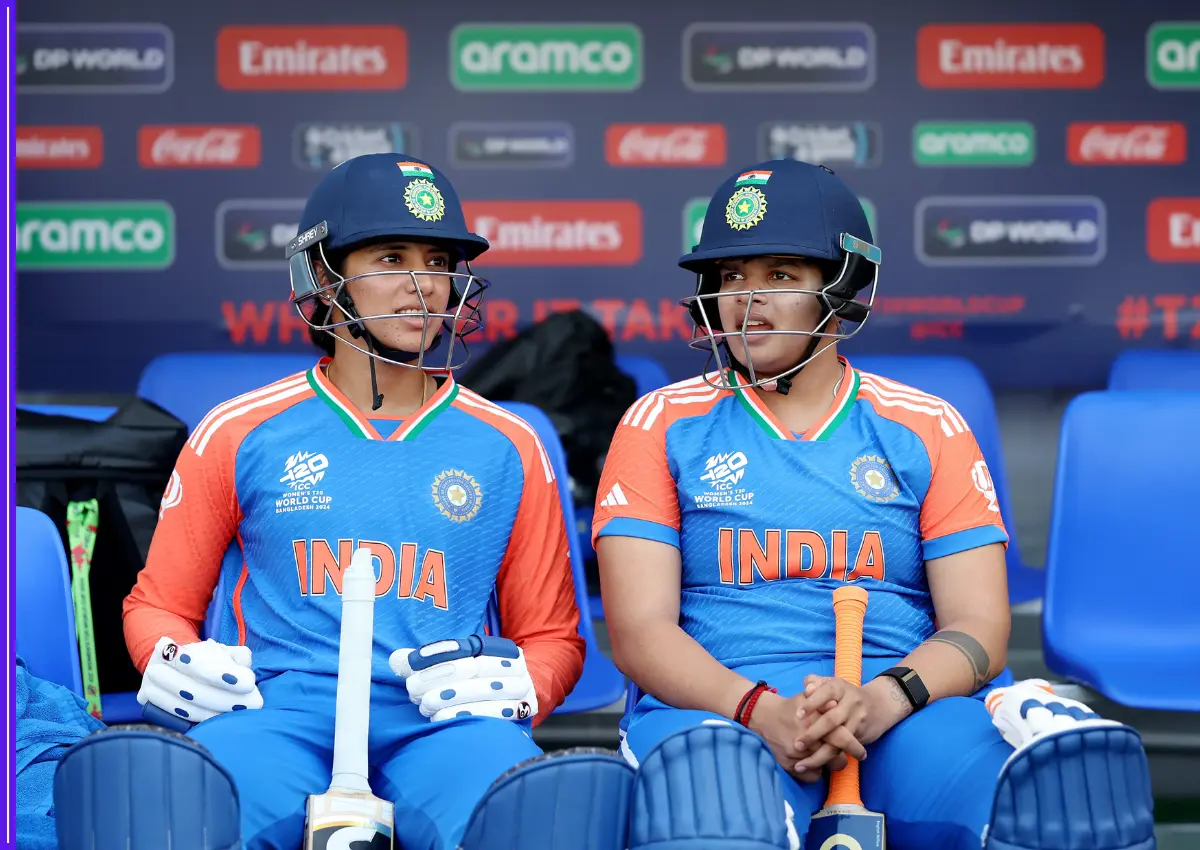Voter turnout was higher among women than among males in eight Lok Sabha constituencies: Churu, Jhunjhunu, Sikar, Pali, Jalore, Udaipur, Banswara, and Rajsamand.
Jaipur: According to Rajasthan Chief Electoral Officer (CEO) Praveen Gupta, women have voted more frequently than males in 61 of the state’s 200 Assembly constituencies.
Women made their mark in all 25 Lok Sabha seats in the state, which held two rounds of voting on April 19 and 26 with a voter participation of 60.72%. 1,55,61,285 of the 2,56,27,971 women who registered to vote in Rajasthan for the general Lok Sabha election of 2024 have done so, according to Gupta. In all 25 of the state’s Lok Sabha seats in 2019, women made up 65.55% of the voter base.
According to the CEO, women outnumbered males in eight Lok Sabha constituencies: Churu, Jhunjhunu, Sikar, Pali, Jalore, Udaipur, Banswara, and Rajsamand.

There is a range of 0.06% to 10.74% between the voting patterns of male and female voters in these localities. The Rajsamand Lok Sabha seat’s Bhim Assembly constituency had the largest disparity, 10.74%.
Gupta said that the Banswara Lok Sabha seat had the highest female voter participation, at 75.75%. Furthermore, the Ghatol assembly seat had the greatest turnout (82.68%) when examined on the basis of Assembly constituencies. Women voters also turned out in large numbers in Baytu (82.12%), Shiv (79.43%), Garhi (78.53%), and Jaisalmer (78.21%).
Women from rural regions turned out to vote at greater rates than women from urban areas in the 13 Lok Sabha seats that were polled in the second round. On the other hand, Gupta noted that males from urban regions showed higher voting involvement than men from rural areas.
According to Gupta, 63.64% of women living in cities and 64.47% of women living in rural regions cast ballots. In a similar vein, male voter participation was greater in cities, with 67.67% of voters casting ballots, as opposed to 65.22% in rural regions. Additionally, the CEO stated that the turnout for third-gender voters in urban areas was 56.33%, but in rural regions, it was 40%.
According to him, 64.86% of voters in rural regions and 65.69% of voters in urban regions cast ballots in the election. Voter participation among urban voters was greatest in the Jalore Lok Sabha seat (73.55%). Conversely, the Barmer Lok Sabha seat had the greatest voter turnout urban region saw the greatest turnout in the first round of Lok Sabha votes, 65.57% in Ganganagar, and the lowest turnout, 52.18% in the Lok Sabha seat of Bharatpur.
On the other hand, in rural regions, the Karauli-Dholpur Lok Sabha seat had the lowest turnout at 48.85%, while Ganganagar had the highest turnout at 66.95%.
In Rajasthan, the first round of voting for 114 candidates will take place at about 23,000 polling places, with up to 25.4 million voters entitled to cast ballots. Elections were held in two parts on April 19 and April 26 for Rajasthan’s 25 seats. June 4 is when the votes will be tallied.





